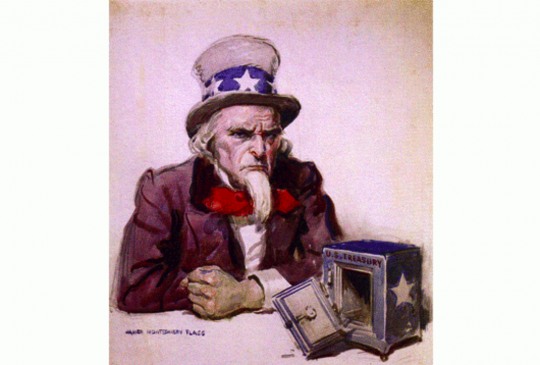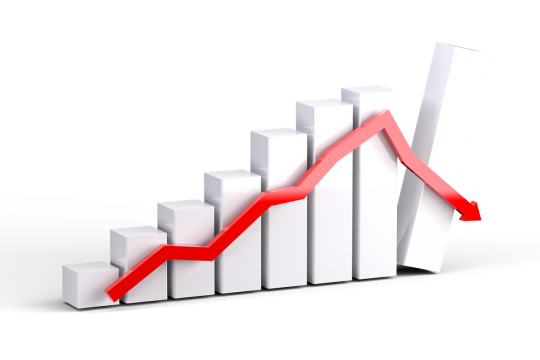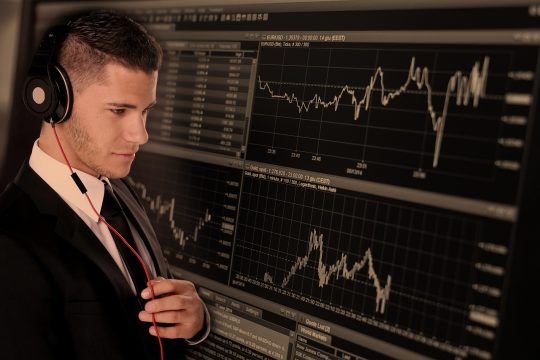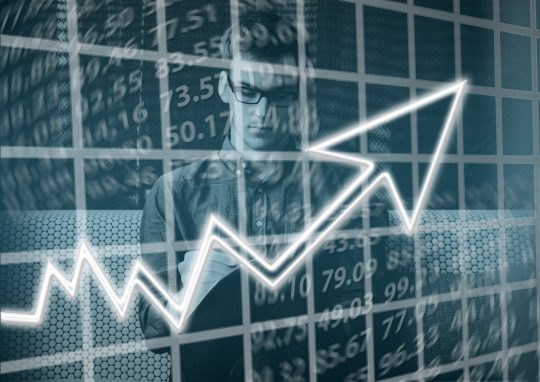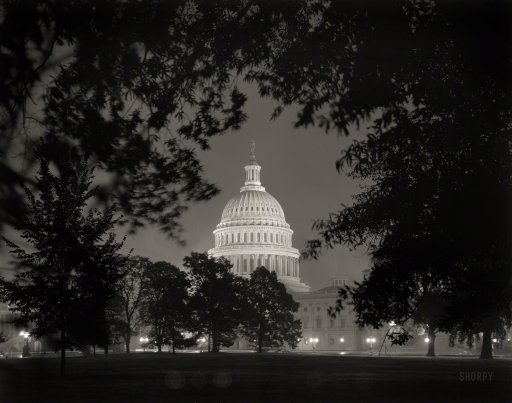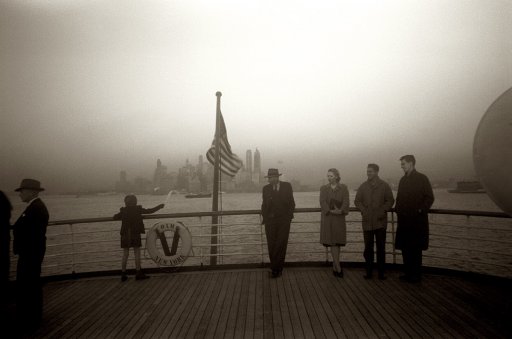 The Dow Jones Industrial Average plummeted another 496 points on Friday as panicked investors continue to pull billions of dollars out of the stock market. With less than two weeks to go until Christmas, the markets are not supposed to be experiencing this kind of turmoil, but it is happening and there is no end in sight. During the fourth quarter of 2018, we have already seen the S&P 500 fall 11 percent. Even if it doesn’t go down any further, that will be the worst quarter in 7 years. And of course the S&P 500 is not alone – at this point all of the major indexes are officially in correction territory. Things are certainly getting quite frightening on Wall Street, and many believe that the worst is yet to come.
The Dow Jones Industrial Average plummeted another 496 points on Friday as panicked investors continue to pull billions of dollars out of the stock market. With less than two weeks to go until Christmas, the markets are not supposed to be experiencing this kind of turmoil, but it is happening and there is no end in sight. During the fourth quarter of 2018, we have already seen the S&P 500 fall 11 percent. Even if it doesn’t go down any further, that will be the worst quarter in 7 years. And of course the S&P 500 is not alone – at this point all of the major indexes are officially in correction territory. Things are certainly getting quite frightening on Wall Street, and many believe that the worst is yet to come.
Despite widespread assurances from the mainstream media that the wise thing to do is to keep your money in the market, investors are pulling money out of equities at a near record pace…
Jittery investors yanked a record $39 billion from global equities in the latest week, according to a Bank of America Merrill Lynch report released Friday. That included $28 billion that exited US stocks, the second-highest on record. And a record $8.4 billion was pulled from investment grade bonds.
The “race for the exits” that we have been witnessing really is turning into a bit of a stampede, and once panic starts to spread it can be very difficult to stop it.
So why is all of this happening?
Well, one market strategist told CNN that “something is wrong here” and that his firm cannot deny that we are in a “global slowdown”…
…click on the above link to read the rest of the article…


